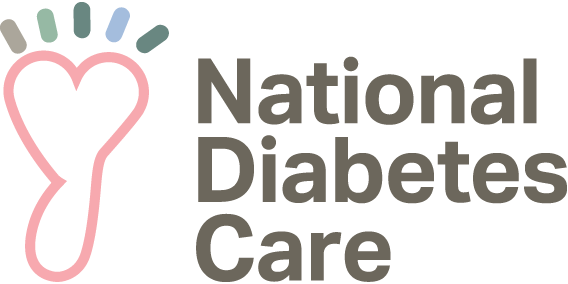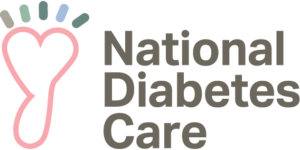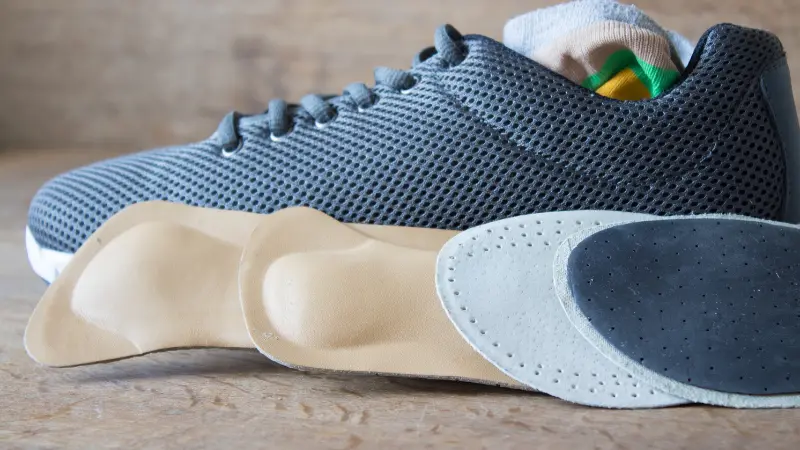Hey there, health enthusiasts! Today, we’re embarking on a journey into the realm of continuous glucose monitoring (CGM). Technology for diabetic management has been continuously advancing in recent years according to a recent article by Everyday Health that highlights just a few exciting examples. Of these advances, CGM is at the forefront in terms of user accessibility and innovation. For those of us managing diabetes, CGM is like a technological ally, providing real-time insights into our blood glucose levels. So, let’s unravel the magic behind continuous glucose monitoring and discover how this innovative technology is transforming the way we approach diabetes management.
CGM operates on a simple yet sophisticated principle, involving a small wearable device that does wonders beneath the surface.
The Sensor: Monitoring Glucose Below the Surface
At the core of continuous glucose monitoring lies a tiny sensor. This marvel is inserted just beneath the skin, usually in the abdomen. Unlike traditional glucose testing, which checks blood sugar levels, CGM measures glucose in the interstitial fluid—the fluid surrounding our cells. It’s a key distinction that allows for continuous monitoring without constant finger pricking.
Insertion and Wear: Painless Process for Continuous Monitoring
Inserting the sensor is a quick and relatively painless process, similar to a brief needle prick. Once in place, it remains comfortably under the skin, secured by an adhesive patch. The sensor’s lifespan typically lasts one to two weeks, providing real-time insights into blood glucose levels during this period.
Data Transmission: Seamless Communication for Real-Time Insights
The sensor collaborates with a transmitter, a small device placed on the skin’s surface. This dynamic duo communicates seamlessly, with the sensor relaying real-time glucose data to either a dedicated receiver or a smartphone app. This transmission occurs at regular intervals, equipping users with a constant stream of valuable information to enhance their diabetes management.
Real-Time Monitoring: A Personal Glucose Assistant
Users can access their glucose readings in real time on the receiver or smartphone app. This instantaneous feedback offers a comprehensive view of glucose levels throughout the day and night. It’s like having a personal glucose assistant, always ready to provide the latest updates.
Alerts and Notifications: Proactive Diabetes Management
CGM goes beyond passive monitoring; it’s proactive. Users can set personalized thresholds, and if glucose levels deviate beyond these limits, the system issues alerts. These notifications empower individuals to take prompt action, whether adjusting medication, altering dietary choices, or engaging in physical activity. For more information on how to proactively manage your diabetes in tandem with CGM, take a look at Mayo Clinic’s helpful, holistic suggestions by clicking here.
In essence, continuous glucose monitoring technology is a marvel that redefines the landscape of diabetes management. By providing continuous and real-time insights into glucose levels, CGM empowers individuals to make informed decisions about their health. As we continue to embrace innovation in healthcare, continuous glucose monitoring stands as a beacon of progress, offering a more dynamic and personalized approach to diabetic care. Proactive diabetes management with CGM is not just about monitoring; it’s about living with greater awareness, control, and confidence on the journey to optimal health.





